Analog electronic process transmitters typically have only two calibration adjustments: one for zero and another for span. Occasionally you may find an analog electronic transmitter with a third adjustment: one for linearity.
Modern “smart” process transmitters have more components in need of adjustment. A block diagram of a typical smart pressure transmitter shows this very clearly:
Smart Transmitter
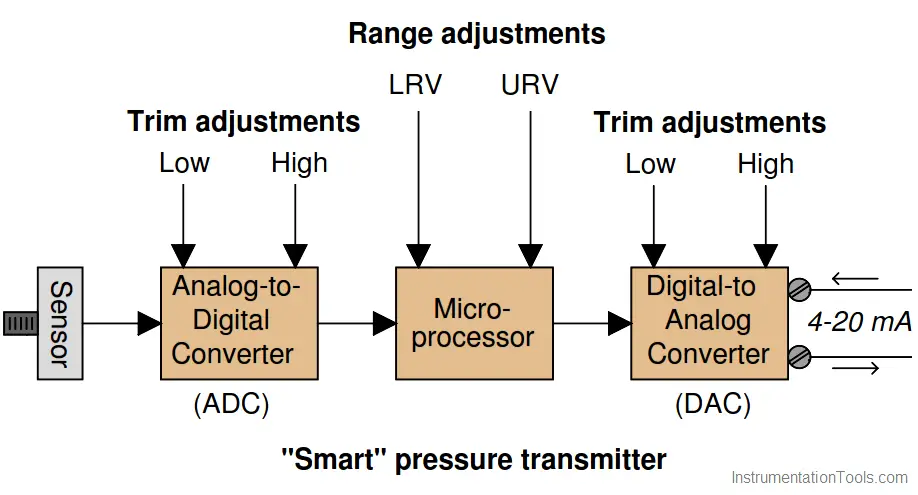
The purpose of the analog-to-digital converter (ADC) is to translate the pressure sensor’s electrical output signal into a digital number the microprocessor can understand.
Likewise, the purpose of the digital-to-analog converter (DAC) is to translate the digital output of the microprocessor into a 4 to 20 mA DC current signal representing measured pressure. The procedure of calibrating the ADC is called a sensor trim, while the process of calibrating the DAC is called an output trim.
Explain the importance of performing both a sensor trim and an output trim whenever calibrating a “smart” transmitter. In other words, explain why it is not enough to simply program LRV and URV values into the microprocessor (e.g. LRV = 0 PSI ; URV = 30 PSI) and declare the job finished.
Furthermore, explain what external calibration equipment must be connected to the transmitter to complete a sensor trim procedure, and also what external calibration equipment must be connected in order to complete an output trim procedure.
Sensor Trim and Output Trim
Simply setting the LRV and URV values is not actually calibrating the transmitter to accurately correspond to reality.
If this concept is hard to grasp, imagine a transmitter whose LRV and URV values are set perfectly, and whose DAC is calibrated just right, but whose ADC suffers from a zero shift. The microprocessor will “think” the pressure is something different from what it really is, and it will output an incorrect (zero-shifted) milliamp signal as a result.
In order to perform a sensor trim, you must connect a known pressure source (a standard) to the transmitter’s input port and correlate that standard pressure to the pressure value registered by the microprocessor.
When trimming the output, you must connect a precise milli-ammeter in series with the transmitter’s output current to correlate the intended current signal of the microprocessor to the actual current.
Credits: Tony R. Kuphaldt
Read Next:
- HART Communicator Analysis
- Square-Root in Flow Transmitter
- What are Instrument Errors?
- DP Level Transmitter Corrections
- Linear to Square-root conversion

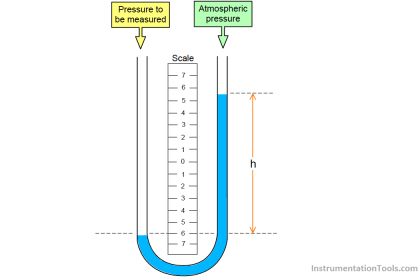

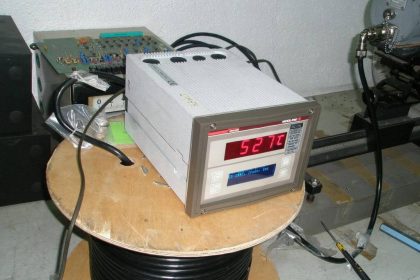
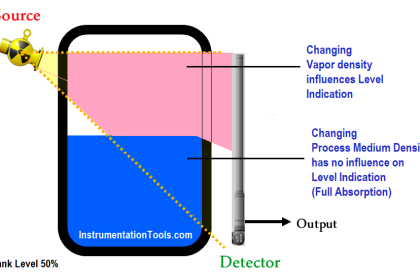
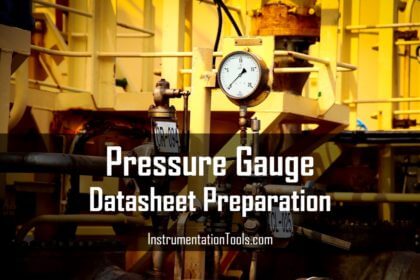



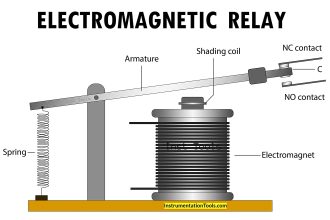
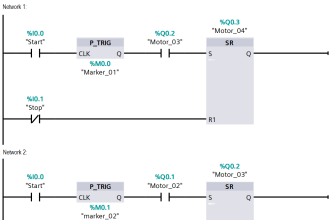
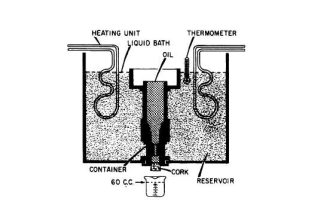


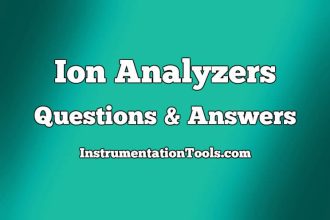
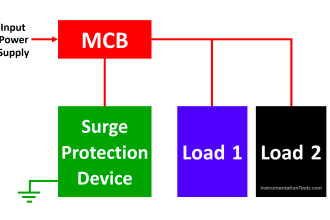

Learn instrument